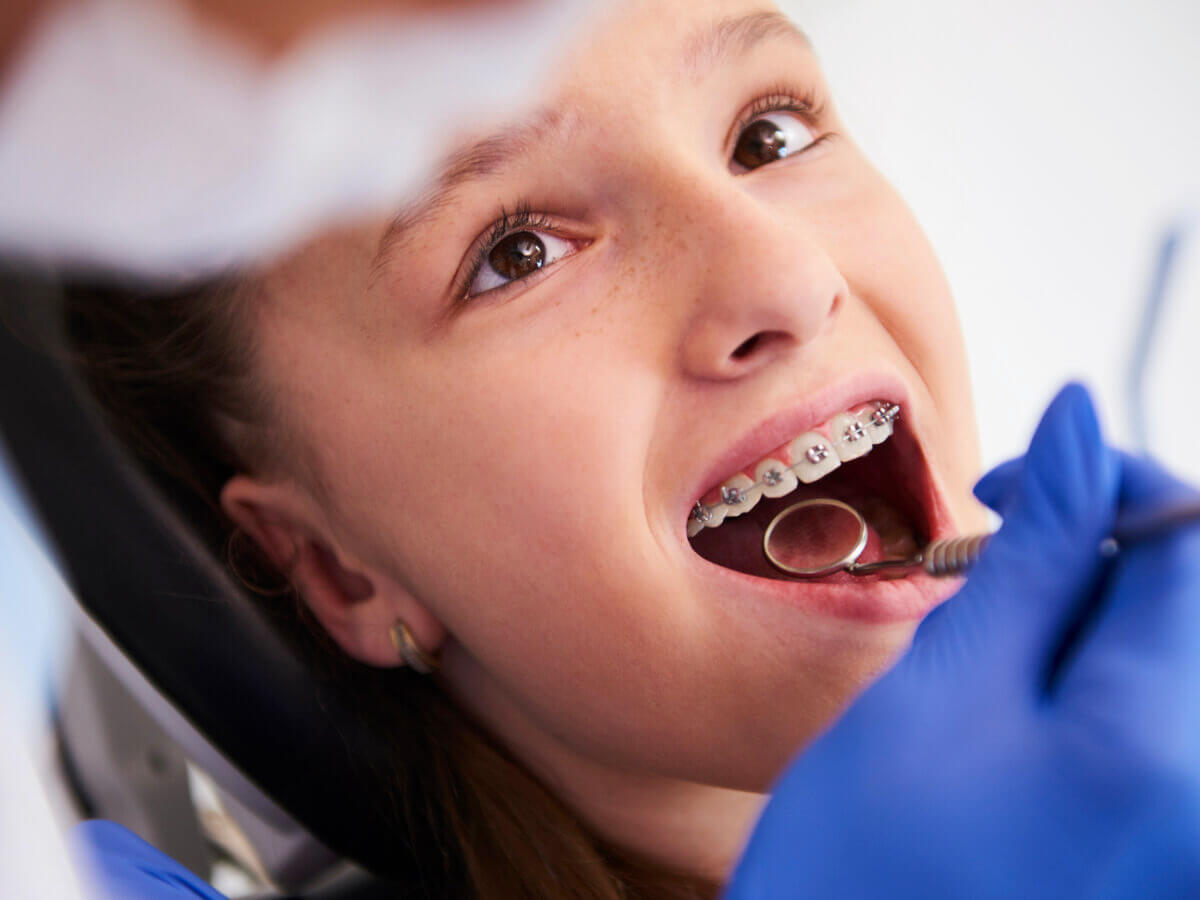Blog
Dental hygiene tips for healthy teeth & gums

How Do Orthodontists Fix Buck Teeth?
The power of a genuine smile may work wonders for your first impression. However, individuals born with buck teeth may experience a decline in their sense of identity and self-confidence. Overjet, often known as “buck teeth,” occurs when the top front teeth protrude far beyond the lower front teeth.
Thumb-sucking and other habits or environmental factors can exacerbate this condition. Fortunately, there are effective treatments for buck teeth available today that can improve both the appearance and function of a person’s smile. This blog will examine how orthodontists use braces and Invisalign to correct buck teeth.
The Meaning of Buck Teeth
Before attempting to fix buck teeth, it’s essential to understand what causes them. This condition can be attributed to genetics, thumb-sucking, tongue-thrusting, or differences in upper and lower jaw sizes. The optimal course of therapy is determined when an orthodontist investigates the root of the problem.
How Are Braces Installed?
The first step is to undergo an orthodontic evaluation. This includes x-rays, photos, and imprints to tailor care to each patient’s needs.
Brackets will be attached to the teeth, and wires will be threaded through them by the orthodontist during the installation of braces. In most cases, this won’t cause any discomfort.
Every 4–6 weeks, you’ll need to adjust your braces so that the wires can be tightened and the teeth can be shifted into place. Brackets can correct buck teeth in an average of 12 to 36 months, depending on the severity of the overjet.
When Braces Won’t Do: Invisalign for Buck Teeth
Invisalign is a more contemporary and discreet option for correcting overbites and underbites. In this method, the patient’s teeth are gradually moved using a set of transparent, removable aligners. For mild to moderate buck teeth, Invisalign is preferable to traditional braces due to its comfort and convenience. Invisalign consists of transparent removable appliances worn over the teeth for around two weeks. The aligners gradually move the teeth into place.
How to Get Invisalign Treatment:
- The first step is to schedule an appointment with a dentist or orthodontist, who will evaluate your condition and discuss the viability of Invisalign as a treatment option.
- To create an accurate treatment plan, 3D digital scans or impressions of your teeth are taken.
- Once you receive your personalized aligners, you should wear them continuously for at least 20-22 hours daily, removing them only for eating and cleaning your teeth.
- Regular checkups are necessary to receive new sets of aligners and monitor progress. The duration of treatment varies depending on your specific condition.
How Invisalign Stacks Up Against Braces:
- Invisalign is suitable for mild overjet cases and individuals seeking a discreet solution, while traditional braces are better for severe cases that require more precise control.
- Invisalign aligners can be removed for cleaning and eating, unlike traditional braces.
- Since no one will know you’re undergoing orthodontic treatment, adults and teenagers concerned about their appearance often choose Invisalign.
- Both methods are equally effective in correcting buck teeth, so the decision ultimately comes down to personal preference, lifestyle, and the advice of an orthodontist.
Practicing Regular Dental Care:
Regardless of the chosen treatment, practicing good dental hygiene is essential. Food particles stuck between buck teeth can lead to cavities and gum disease. Patients with braces need special care when brushing and flossing around the brackets and wires, whereas those with Invisalign can simply remove their aligners and clean their teeth normally. Having buck teeth can be embarrassing and cause oral health problems, but thanks to advances in orthodontics, there are now reliable ways to address this issue.
Conclusion
The choice between braces and Invisalign for correcting buck teeth should be based on the patient’s individual condition, daily routine, and aesthetic preferences. Both procedures have proven effective in enhancing patients’ self-esteem and repairing buck teeth. Consulting with a professional orthodontist can help you or someone you know determines the best treatment for buck teeth and embark on the path to a healthier, happier smile.


